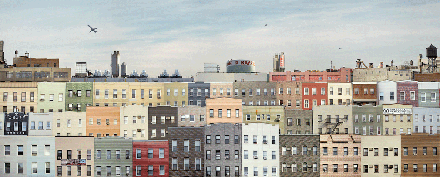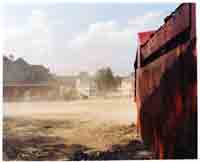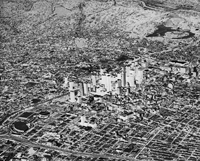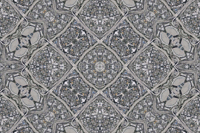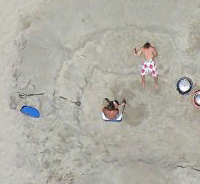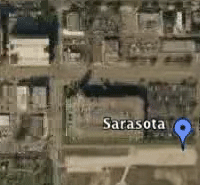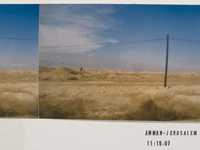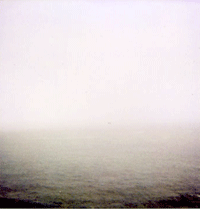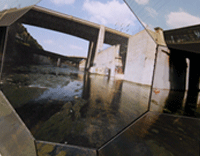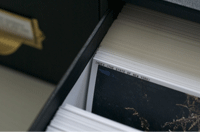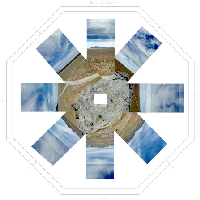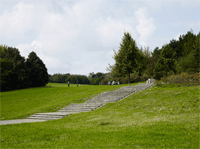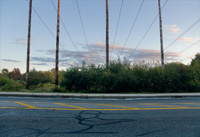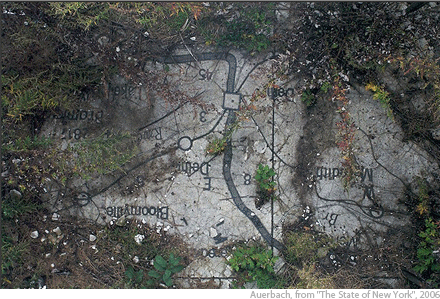
Announcement: Photocartographies Exhibition at g727
Opening Reception, May 16 at 7:00pm
727 south spring street
downtown los angeles, ca 90014
http://g727.org
May 16-June 30, Fri/Sat 1-6
The artwork collected in this exhibition is a survey of diverse perspectives projected along the horizon of our mappable world. The geography created by these artists is not only physical, but psycho-social. Although much of the work employs photography, there is a welcome uncertainty in these images-objects which reflect the shifting, contested and mysterious nature of our current cultural, environmental and built landscapes.
Presenting Anthony Auerbach, Katherine E. Bash, Noah Beil, Cris Benton, Frank Gohlke, Gregory Michael Hernandez, David Horvitz, David Maisel, Adam Ryder, Nikolas Schiller, Oraib Toukan, and Angie Waller.

